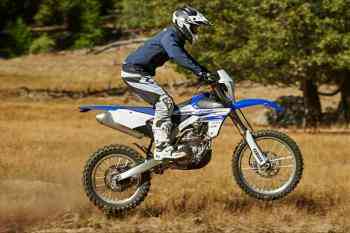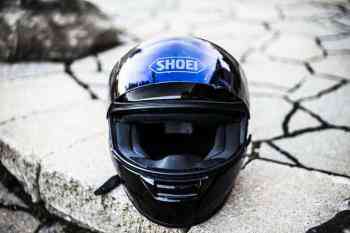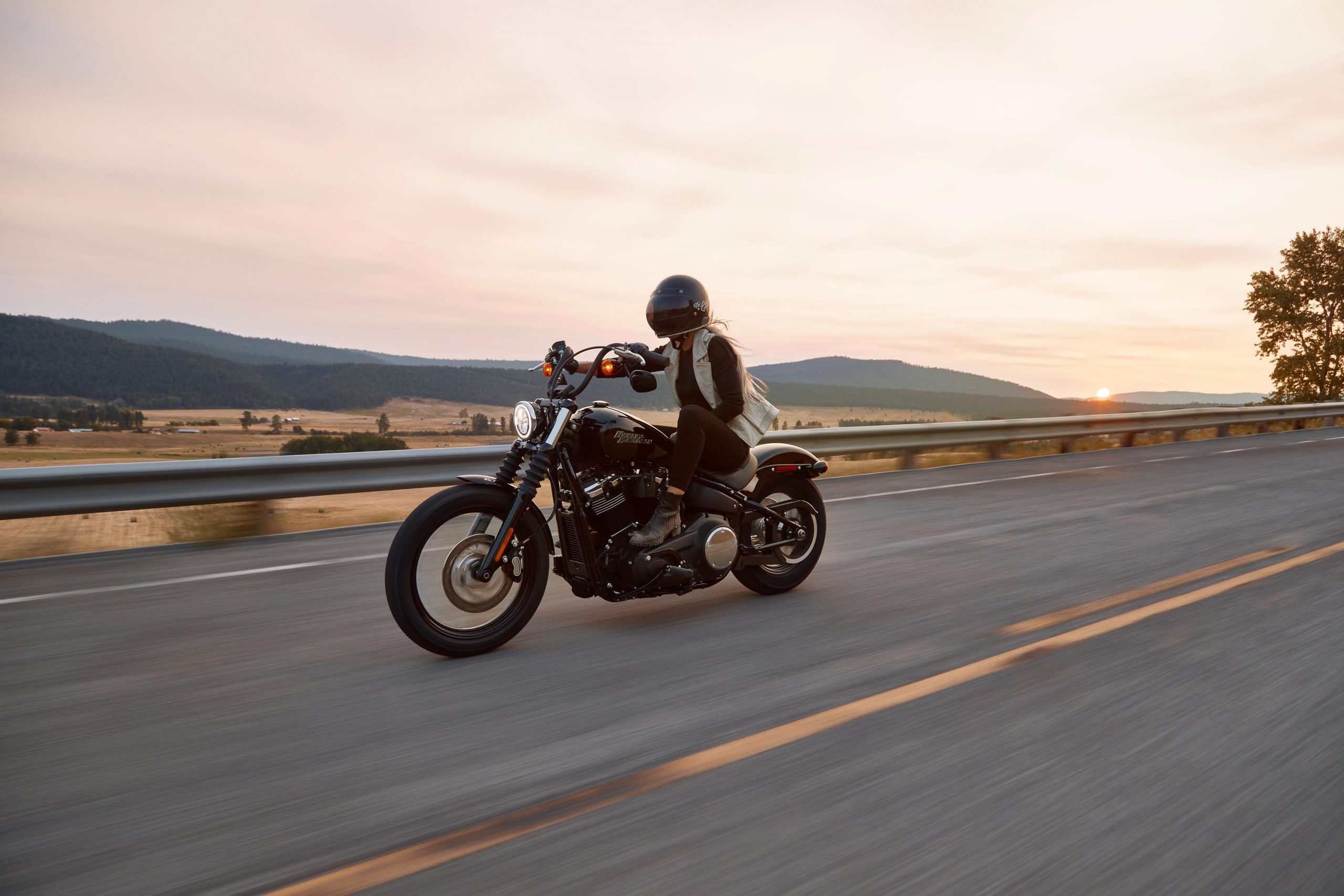Advice From An Advanced Motorcycle Rider
The following article was written by Geoffrey Chisolm, a self described “55 year old semi-retired motorcycle guy.” As a new rider it can be very helpful to learn from those who have been around a while. So grab a cup of tea and read on to hear some of the nuggets of wisdom Geoffery has to share!
Start at the beginning with motorcycle history
Some notes about the industry as a whole. The Japanese manufacturers probably are the most popular in the business of selling motorcycles. Yamaha and Honda have been doing this for a very long time. They dominate all the racing circles both amateur and professional.
Kawasaki , Suzuki and KTM probably round out the big competitors in the industry. Vintage bikes (1970’s and 80’s) are completely absorbed by Honda and Yamaha. The longevity of these old bikes is simply incredible and the fierce loyalty to the brand is consistent. Some have carried their engineering expertise into Watercraft, Lawn Mowers and Electric generators.
Quads, three wheelers, and motorcycles
Quads and three wheelers entered the market in the early 1970’s. Honda found themselves in a heap of trouble when their three-wheelers hit the market in the USA. Apparently the US riders were too aggressive (or crazy) to keep their legs on the foot pegs while riding. This resulted in many a leg being “cork screwed” into the rear wheels and causing incredibly serious injuries. In many US states three wheelers have been outlawed altogether but this law is rarely enforced.
The arrival of the QUAD (4 wheels) solved most of these issues and most Japanese manufacturers followed suit by only building Quads. With the arrival of these quads the engines became much more powerful and the suspensions much more advanced. In addition, it proved to be much less fatiguing to ride Quads than any other dirt vehicles over long rides.
Why riding a motorcycle is exhilarating
Heck riding any motorcycle is so much fun! The interesting aspect of riding motorcycles is the additional “senses” the rider experiences. You can smell the dirt, you can hear the engine, you can smell the fuel, you can feel the wind and the bumps.
Compare that to driving a car and you will realize why “riding” becomes somewhat addictive over time. Yamaha summarized this phenomenon in their recent advertising campaign by singing; “I wanna ride, I wanna ride, I wanna ride”. It was a great little jingle about the euphoria of simply hopping on a bike and buzzing around for a while.
Road bikes VS dirt bikes

When riding a road-bike you must NEVER assume these drivers see you. In addition you are woefully under matched from a weight to sped ratio. It does not matter that you are some 275lb dude cruising on your Harley, you are no match for a teenage driver in any automobile. Most accidents between a motorcycle and an automobile; the driver of the car will inevitably say “it came out of nowhere”, I never saw that bike”. Drive very defensively on our streets and highways.
Now let’s talk a bit about dirt-bike riding; typically you are riding in a much safer environment due to the fact the automobiles are not present. Dirt-bike riding is also done typically done at slower speeds and crashing is more often but not as severe as a road-bike incident. Most people do not realize the physical exercise involved in riding a dirt-bike as opposed to the road-bike.
Basically you are perched on the top of a bucking bronco for a day in the woods. Either way riding a dirt-bike or a road-bike is a blast when done safely. Getting started early in life on bikes can also be very important too. Riding motorcycles from a young age can build confidence and resourcefulness for the rest of your life.
Your brain keeps you alive
Motorcycle riding can be a lot more “mental” work than physical work. This is why most safety issues are controlled by the mind. Daydreaming while on these bikes is incredibly dangerous. Even the most seasoned riders will lose focus at times and are forced to live with some very negative results.
Road-bikes can be very comfortable while riding, this can cause a more relaxed feeling while tooling along. What happens when the clueless driver in front of you slams on their brakes to visit with a friend in the neighborhood? Well, if you hit them…. YOU LOSE!
While riding; trust no one. Remember you are vastly over matched from a weight and speed perspective.
Thinking “ahead” is huge on a bike. No panic when you’re leaning too much and the bike starts to wobble. Easy on that front brake! Keep your eyes and head on a swivel. Whether you like it or not you are under constant threat from other vehicles at all times. If you are tired or distracted in your personal life, best to take your car. When on a bike consider yourself an animal in the “prey” category.
How to stay safe and stay alive on a motorcycle

Another area of huge importance is the venerable helmet. Just like in football, the advancements in the helmet arena have been incredible over the years. Simply try “walking” into a wall and tell us how you feel. The fact someone gets on a motorcycle without a helmet on is staggeringly strange to comprehend.. It doesn’t matter how short your trip might be. Your head is much more vulnerable than you might think.
It doesn’t take much to crack a human skull and cause serious long term damage. Very high quality helmets have come way down in price in the past several years so obtaining a good quality shield for your head should be no problem.
Getting that first bike for less money than you think
One of the smartest moves you can make when purchasing a motorcycle is to acquire a used or preowned bike.
Motorcycles are typically “underutilized”. Similar to let’s say an outboard motor for a boat, these bikes have very little actual running time on them. In the dirt-bike area some people get bikes and find out real quick riding out in the cool or sometimes cold weather just isn’t that much fun anymore.
These well engineered preowned machines are typically in great mechanical shape. You can go back five to seven years and not lose much horsepower or technology. Just like the automotive industry these bikes drop in value early on very rapidly. Most situations you can obtain a used motorcycle 2 to 4 years old and peel about 40% off the showroom price tag.
When purchasing older bikes maybe 6 to 7 years back, it is important to get a service relationship with the bike. REALLY older large road-bikes are an incredible value at times. Commonly, these preowned big- road bikes are owned by careful calm easy riding people. Once again the miles are incredibly low from the year they were purchased new.
Simply put you will be pleasantly shocked at what $5,000 to $7,000 in cash will get you on a real nice older Honda that will run flawlessly for a very long time. Another area of value is the “operating costs” of these bikes. Most will get in excess of fifty miles per gallon and can be insured for a very reasonable amount of money. Regular oil changes and tires are incredibly cheap as opposed to automobiles. The advice here is; pretty much never buy a brand new showroom motorcycle unless you are swimming in cash and don’t care at all about the possible resale.



